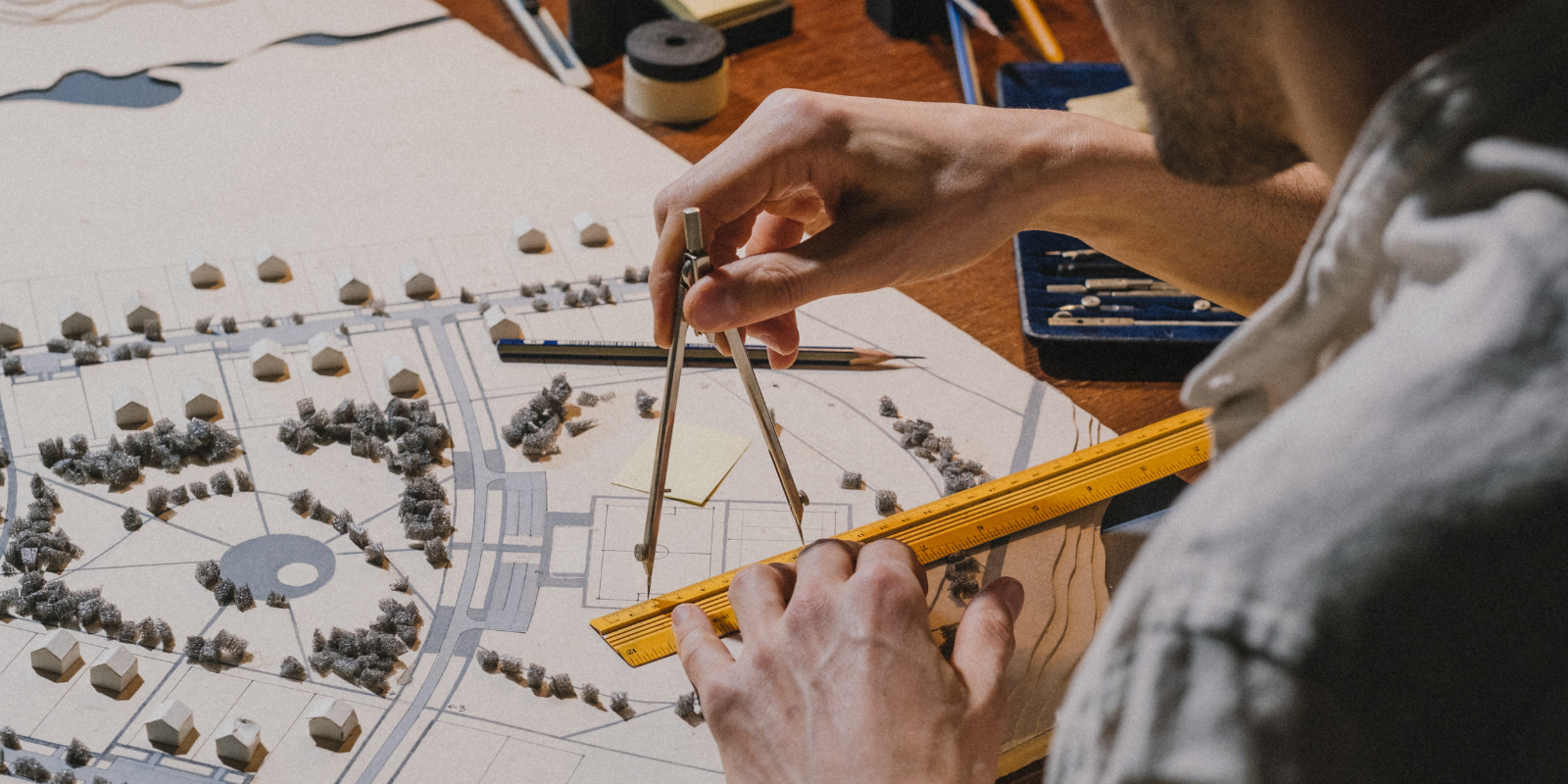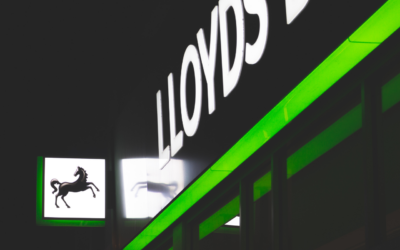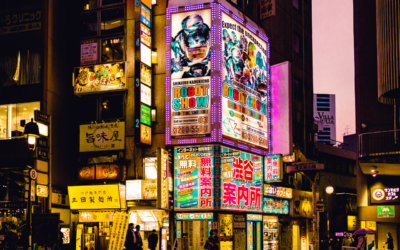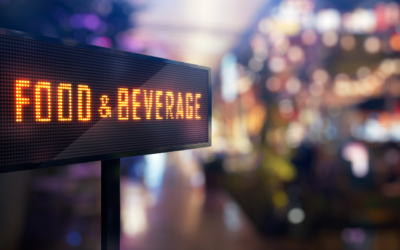In the world of architecture, every detail matters. From the design of a building’s façade to the interior elements that shape the user experience, architects strive to create spaces that are both visually appealing and highly functional. One key component that often goes underappreciated is signage. While it may seem like a minor detail, signage plays a critical role in enhancing the aesthetic and practical elements of any architectural project. When done right, it merges creativity with functionality, helping users navigate spaces with ease while complementing the overall design vision.
Explore the importance of incorporating signage into architectural projects, how it can elevate the user experience, and how architects can collaborate with signage experts to create seamless design solutions.
1. Signage as an Extension of Architectural Design
Signage is not just about putting up labels or directions—it’s about enhancing the overall design language of a space. When architects integrate signage into their designs from the outset, it can reinforce the aesthetic narrative they are creating. Whether it’s a sleek, modern office building or a cozy, rustic restaurant, signage should match the style, materials, and color palette of the architecture.
For example, the choice of materials for signage—whether metal, wood, glass, or a digital medium—can reflect the architectural choices made in the project. Consistency between the signage and the building materials helps create a cohesive environment where nothing feels out of place. In this way, signage becomes an extension of the architectural design, rather than an afterthought.
2. Balancing Creativity and Functionality in Signage
While creativity in signage design is crucial, functionality must always be a priority. After all, signage serves an important purpose: guiding people, providing information, and enhancing safety. Striking the right balance between creative expression and functional clarity is the challenge architects and signage experts must work through together.
A beautifully designed sign that is hard to read or confusing defeats its purpose. Architects can collaborate with signage experts to ensure that typography, size, contrast, and placement meet both the creative and practical needs of the space. Functional signage should be clear, legible, and strategically placed without disrupting the overall design. This careful balance ensures that the signage complements the architectural vision while also meeting its practical demands.
3. Incorporating Wayfinding Elements into Design
One of the most significant functions of signage is to assist users in finding their way through a building or space. However, effective wayfinding signage doesn’t have to be boring or purely utilitarian. Architects can integrate these directional elements into their designs to make them more visually appealing.
For instance, a series of minimalistic, modern signs can guide visitors through a sleek office building, while playful, creative signs can be incorporated into the design of a children’s museum. Thoughtfully designed wayfinding systems ensure that users can find key areas such as restrooms, exits, and meeting rooms without difficulty. Furthermore, incorporating intuitive symbols and minimalistic text can enhance the efficiency and aesthetics of the signage, ensuring that it works seamlessly with the overall design concept.
4. The Role of Digital Signage in Modern Architecture
Digital signage is quickly becoming a popular choice for architects, especially in high-traffic spaces such as hospitals, airports, and shopping centers. Digital signs offer the flexibility to update information easily and can be customized to display multiple messages. For architects, this flexibility allows for creative integration of screens and displays without compromising the design.
When thoughtfully integrated into the architectural framework, digital signs can blend seamlessly with other design elements. For example, a large video wall in a modern retail space can act as a dynamic piece of art while simultaneously serving its functional purpose of displaying promotions or important announcements. Additionally, digital signage can be programmed to adapt to changing lighting conditions and display visually striking content, making them a versatile and attractive option in architectural design.
5. Enhancing Brand Identity Through Signage Design
Signage is one of the most visible representations of a company or building’s brand identity. For businesses, this means that signage must communicate not only practical information but also the ethos and personality of the brand. Architects can collaborate with signage designers to ensure that the signage used in their projects aligns with the brand’s values and visual style.
Incorporating brand colors, fonts, and logos into the signage design can create a cohesive brand experience throughout the space. For instance, in hospitality or retail environments, custom-designed signs that reflect the brand’s identity help establish a strong sense of place and make the space more memorable to visitors. Whether the signage is bold and attention-grabbing or subtle and sophisticated, its alignment with the brand identity will make a lasting impression on users.
Ready to Elevate Your Architectural Design with Attention Getters?
Incorporating signage into architectural design is about more than just pointing people in the right direction. It’s an opportunity to enhance the overall user experience, complement the design, and reinforce brand identity. When architects and signage experts collaborate, they can create functional and creative solutions that add immense value to a space. From integrating wayfinding systems to using digital signage or designing custom signs that reflect a brand’s identity, the possibilities are endless.
If you’re an architect looking to elevate your designs through innovative signage solutions, now is the time to work with the experts. At Attention Getters, we specialize in creating custom signage solutions tailored to your project’s unique needs. Let’s collaborate to bring your architectural vision to life with signage that merges creativity with functionality. Contact Attention Getters today to get started on your next project!




